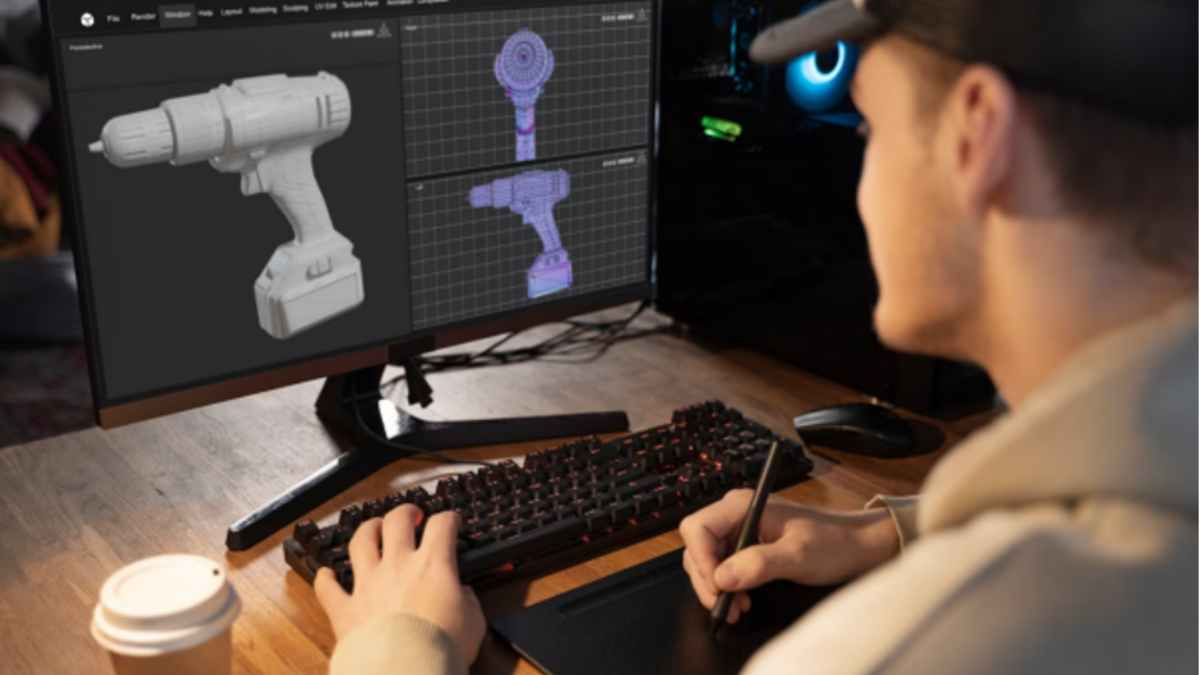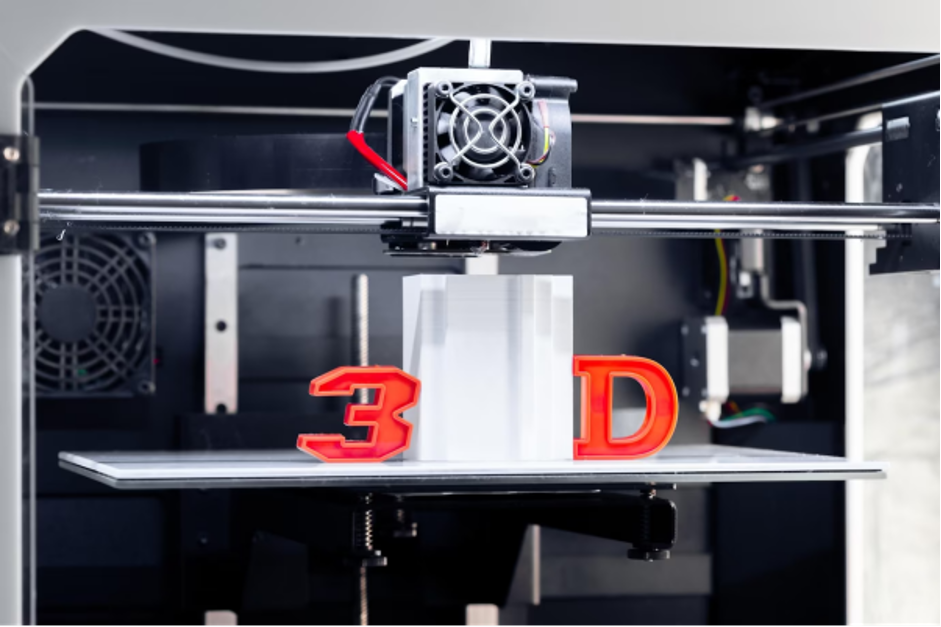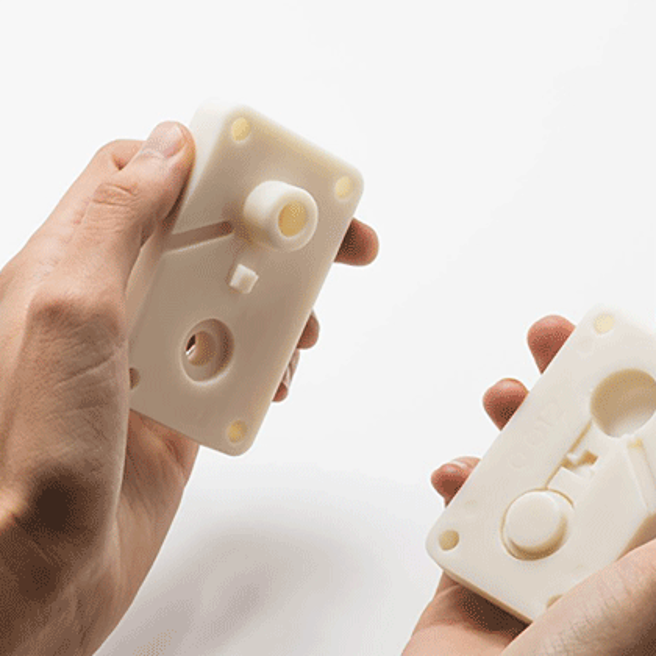
While the first patent for a 3D printing device was filed in 1980, these machines only became available commercially in 2008[1]. Since then, a large number of advancements have been made, and the industry is receiving a lot of growing interest. In 2020, the 3D printing market experienced a growth of 20.2%[2]. It’s also estimated to reach a $83.90 billion global value by the year 2029. When it comes to working on your own 3D printing project, choosing the right materials is the most important step before you get started. This guide will help you find the right materials.
Table of Contents
Factors to Consider When Choosing 3D Printing Materials
When you look at the different types of 3D printing materials on the market, there are a couple of things you should keep in mind when it comes to a specific product:
1. Strength and Durability: You have to make sure the materials are strong and will result in a durable 3D-printed product that will withstand regular use.
2. Flexibility and Elasticity: Depending on what you are printing, you may want to consider materials that have the appropriate level of elasticity to comply with the needs of the project.
3. Heat Resistance: You’ll need to ensure the material can resist not only the heat of the 3D printer but also exposure to warm environments once the product is complete.
4. Chemical Resistance: Be sure to also look for materials that are resistant to general chemicals used in commercial and residential settings.
5. Cost: The cost is also important – look for materials that won’t cut too deep into your budget.
6. Surface Finish: Different surface options are available, which is another important point to consider.
Types of 3D Printing Materials
Different types of 3D printing materials exist, so be sure to pick the right one for your project:
● Resin Materials: Resin materials are commonly used in 3D printing for their ability to produce high-quality, detailed objects with a smooth finish. Resin is a type of liquid plastic that hardens when exposed to UV light. This material is ideal for creating small, delicate objects such as jewelry or figurines.
● Nylon: It is a type of thermoplastic material that can be melted and reshaped multiple times without losing its strength. Nylon is commonly used to produce functional parts, such as gears or brackets, due to its ability to withstand high stress and pressure.
● PLA: Polylactic acid, also known as PLA, is a 3D printing material that is made from renewable resources like corn starch or sugarcane. It is biodegradable and considered an eco-friendly option as it can replace traditional plastics. PLA is commonly used for disposable utensils and food packaging.
● Red Wax: Red wax is a unique 3D printing material that is commonly used in the jewelry industry. It is a type of wax that is specifically designed for use in lost wax casting, a technique used to create metal jewelry.
● Metal Materials: Metal 3D printing has become increasingly popular in recent years, as it allows for the production of highly complex and detailed metal parts with great accuracy. There are many different types of metal materials that can be used in 3D printing, including stainless steel, titanium, and gold.

Choosing the Right Material for Your Project
Finally, let’s consider a few project-specific factors that you should keep in mind:
1. Consider the Object’s Function: What do you want the final product to do?
2. Analyze the Object’s Geometry: How should the final product look like? What about its dimensions?
3. Consider the Printing Technology: What type of 3D printer will you use? Consider its specifications.
4. Evaluate the Material Properties: Which material is most suited for the function and size of the final product?
5. Test the Material: Try the material out and switch to a different one if it does not deliver.
QSY 3D Printing Services
When it comes to custom 3D printing, QSY excels at providing a speedy delivery that is customized toward the requirements of your project. They offer an instant quotation service and can assist with a variety of solutions, including 3D metal printing, a subject that has gained a lot of attention recently. As a low-volume service provider, QSY is the perfect solution when you do not require 1000s of parts at a time.

Conclusion
QSY was founded in 2015 and has grown into a world leader in the 3D printing industry. They have over 100 engineers who are highly experienced, and the facilities they operate from cover an area of 12,000 square meters. Whether you need a small number of custom printed parts or require a partner that you can work with on larger-scale projects, QSY is the solution that can offer you the services you require. Get in touch for a quotation and to find out more about QSY 3D printing services.